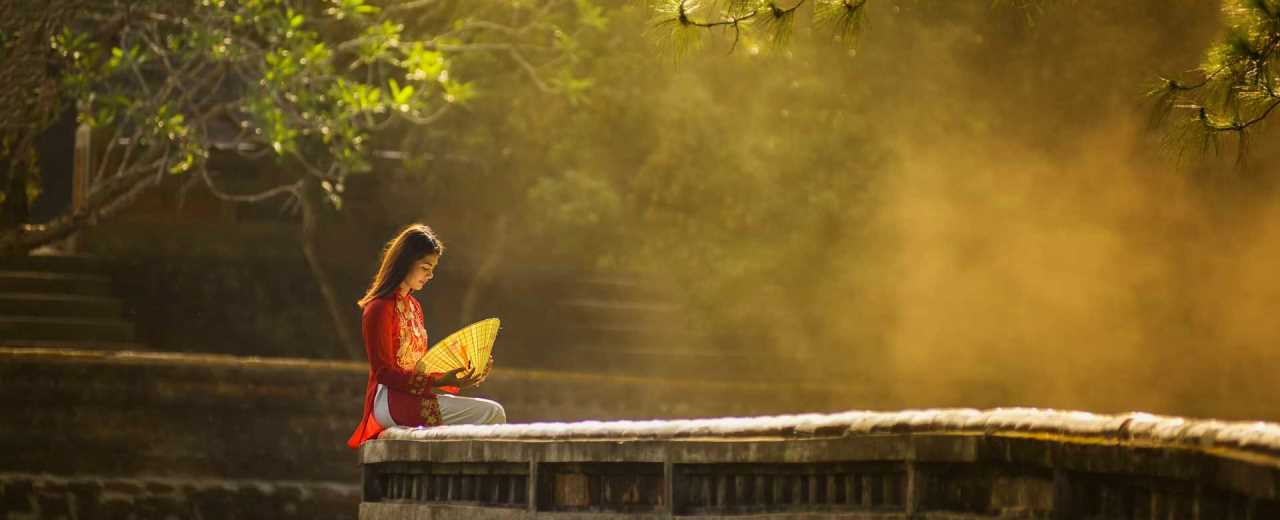Hoi An
Hoi An – originally known as Faifo, used to be a major international port in the 16th and 17th centuries, and the foreign influences are discernible to this day. There used to be canals parallel to the streets, so merchandise could be loaded straight from the back of houses onto the boats.
The heart of the city is still the Old Town, full of winding lanes and Chinese-styled shop houses, which is particularly atmospheric in the evening as the sun goes down. In the past Hoi An has been used by the Japanese, Portuguese, Dutch, French and the large remaining Chinese community where all sorts of produce and wares were traded. There are nine different types of historical sites in Hoi An with an average age of 200 years. They are included of private houses, family chapels, community halls, communal houses, temples, pagodas, bridges, wells and tombs.
Hoi An is full of shops selling artwork, from lifelike memorial family portraits, to stylized images of Hoi An houses and streets. Next door to the art shops are places selling souvenir statues, ceramic plates, and bowls.
Every month on the full moon on “Hoian Legendary Night”, motorbikes are banned from the Old Town, which is transformed into a magical land of silk lanterns, traditional food, song and dance, and games in the streets.
About weather, warm mild weather starts from May to August when the seas are calm and wind changes direction and comes from the South. Flooding season is from September to December. The remaining of the year, the weather is intermittent between raining and cold, hot and mild.
Visitors now find Hoi An attractive also because of the Eco-tours, it is a unique cultural tourist attraction: Learn how to catch fish, row a basket boat with local fishermen.
The heart of the city is still the Old Town, full of winding lanes and Chinese-styled shop houses, which is particularly atmospheric in the evening as the sun goes down. In the past Hoi An has been used by the Japanese, Portuguese, Dutch, French and the large remaining Chinese community where all sorts of produce and wares were traded. There are nine different types of historical sites in Hoi An with an average age of 200 years. They are included of private houses, family chapels, community halls, communal houses, temples, pagodas, bridges, wells and tombs.
Hoi An is full of shops selling artwork, from lifelike memorial family portraits, to stylized images of Hoi An houses and streets. Next door to the art shops are places selling souvenir statues, ceramic plates, and bowls.
Every month on the full moon on “Hoian Legendary Night”, motorbikes are banned from the Old Town, which is transformed into a magical land of silk lanterns, traditional food, song and dance, and games in the streets.
About weather, warm mild weather starts from May to August when the seas are calm and wind changes direction and comes from the South. Flooding season is from September to December. The remaining of the year, the weather is intermittent between raining and cold, hot and mild.
Visitors now find Hoi An attractive also because of the Eco-tours, it is a unique cultural tourist attraction: Learn how to catch fish, row a basket boat with local fishermen.


